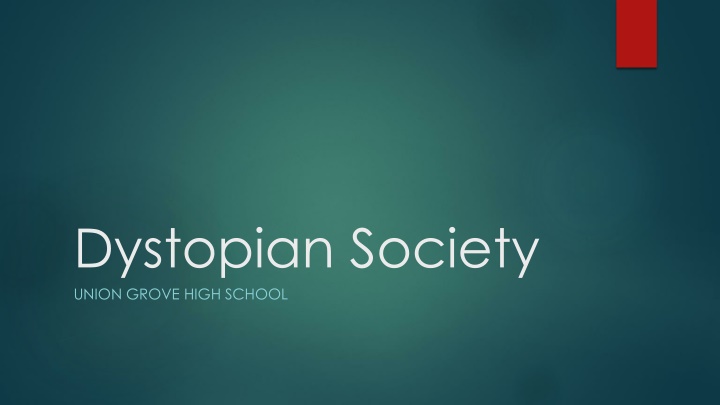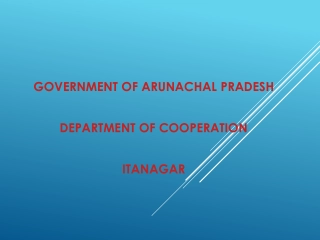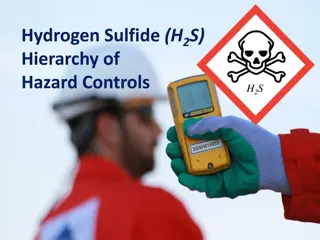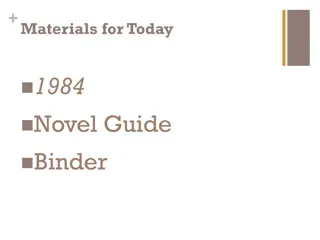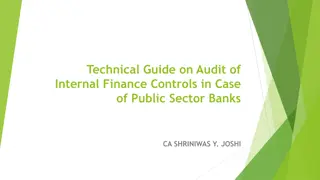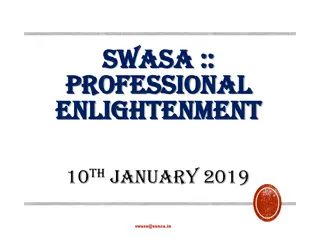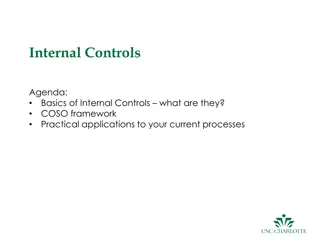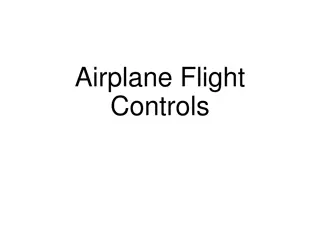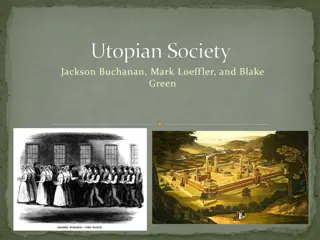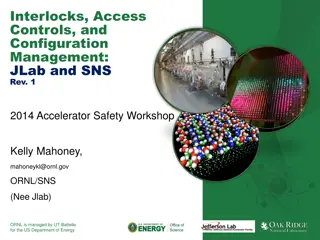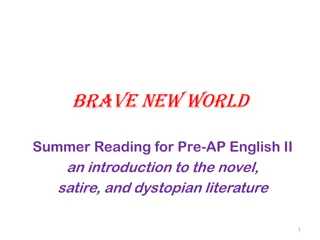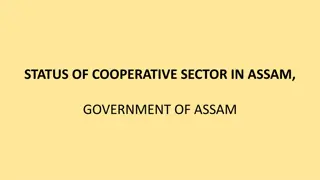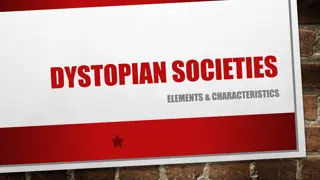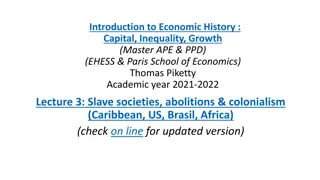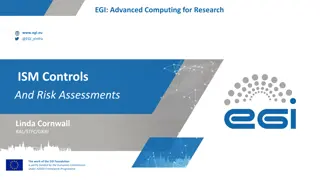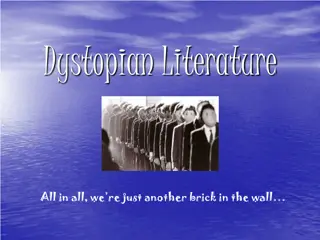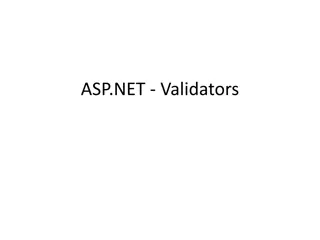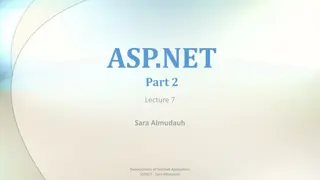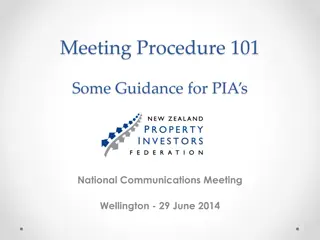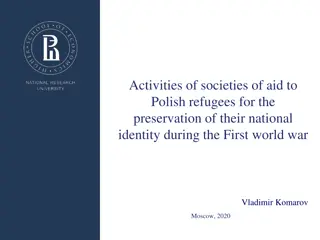Dystopian Societies and Controls
Dystopian societies, like Union Grove High School, exaggerate worst-case scenarios to criticize current trends or systems. Characteristics include propaganda, restricted freedom, and banished natural world. Types of control include corporate, bureaucratic, technological, philosophical, or religious. Examples like corporate control in Minority Report highlight societal manipulation.
Download Presentation

Please find below an Image/Link to download the presentation.
The content on the website is provided AS IS for your information and personal use only. It may not be sold, licensed, or shared on other websites without obtaining consent from the author.If you encounter any issues during the download, it is possible that the publisher has removed the file from their server.
You are allowed to download the files provided on this website for personal or commercial use, subject to the condition that they are used lawfully. All files are the property of their respective owners.
The content on the website is provided AS IS for your information and personal use only. It may not be sold, licensed, or shared on other websites without obtaining consent from the author.
E N D
Presentation Transcript
Dystopian Society UNION GROVE HIGH SCHOOL
Definition and Characteristics Dystopias, through an exaggerated worst-case scenario, make a criticism about a current trend, societal norm, or political system.
CHARACTERISTICS AND DEFINITION Utopia Dystopia A place, state, or condition that is ideally perfect in respect of politics, laws, customs, and conditions. A futuristic, imagined universe in which oppressive societal control and the illusion of a perfect society are maintained through corporate, bureaucratic, technological, moral, or totalitarian control
Characteristics of a Dystopian Society Propaganda is used to control the citizens of society. Information, independent thought, and freedom are restricted. A figurehead or concept is worshipped by the citizens of the society. Citizens are perceived to be under constant surveillance.
Characteristics of a Dystopian Society Citizens have a fear of the outside world. Citizens live in a dehumanized state. The natural world is banished and distrusted. Citizens conform to uniform expectations. Individuality and dissent are bad. The society is an illusion of a perfect utopian world.
Types of Dystopian Controls Most dystopian works present a world in which oppressive societal control and the illusion of a perfect society are maintained through one or more of the following types of controls: Corporate Bureaucratic Technological Philosophical or Religious
Corporate Control One or more large corporations control society through products, advertising, and/or the media. Examples include Minority Report and Running Man.
Bureaucratic Control Society is controlled by a mindless bureaucracy through a tangle of red tape, relentless regulations, and incompetent government officials. Examples in film include Brazil.
Technological Control Society is controlled by technology through computers, robots, and/or scientific means. Examples include The Matrix, The Terminator, and I, Robot.
Philosophical or Religious Control Society is controlled by philosophical or religious ideology often enforced through a dictatorship or theocratic government. Examples include Animal Farm
The Dystopian Protagonist often feels trapped and is struggling to escape. questions the existing social and political systems. believes or feels that something is terribly wrong with the society in which he or she lives. helps the audience recognizes the negative aspects of the dystopian world through his or her perspective.
